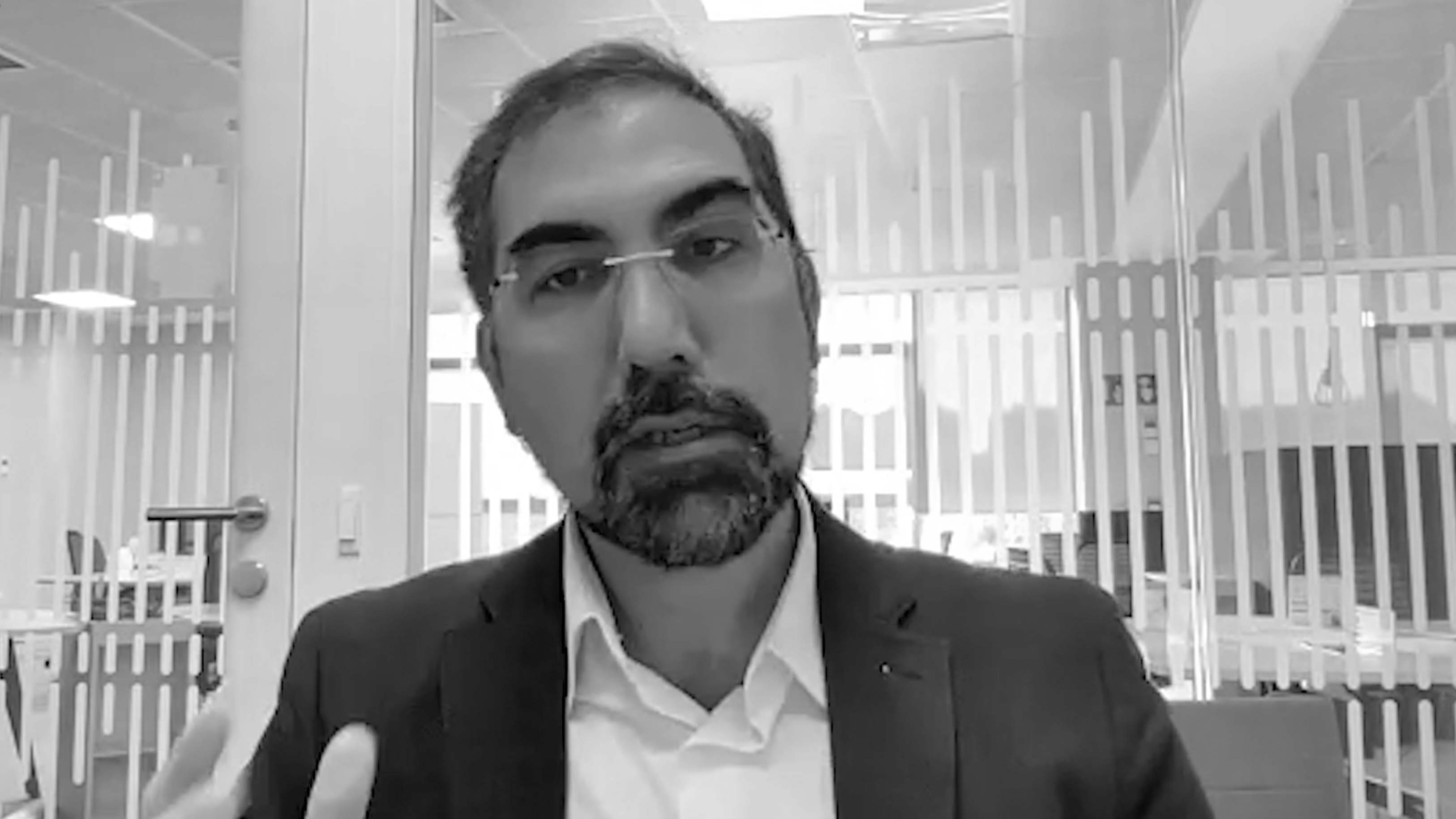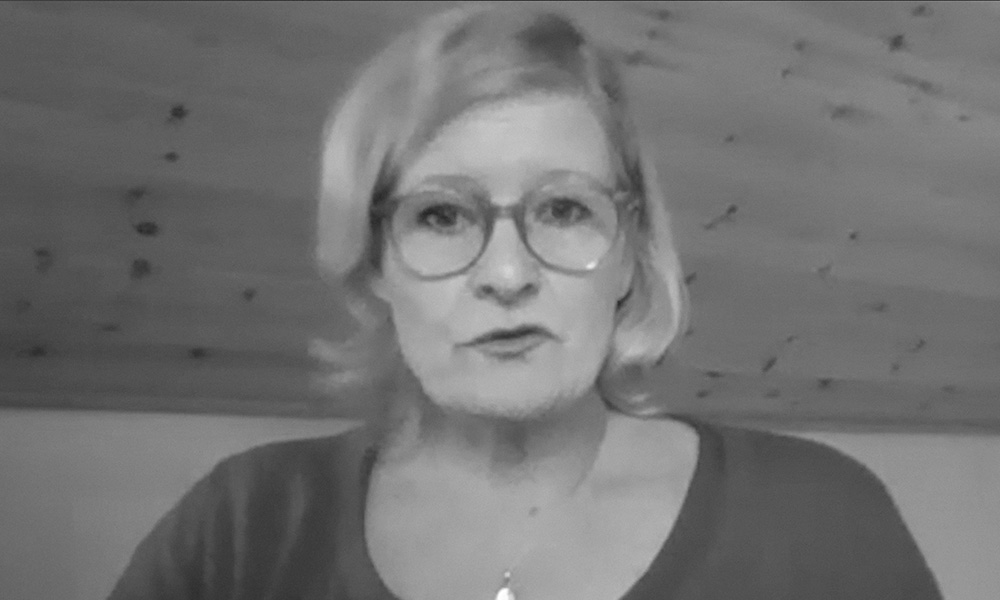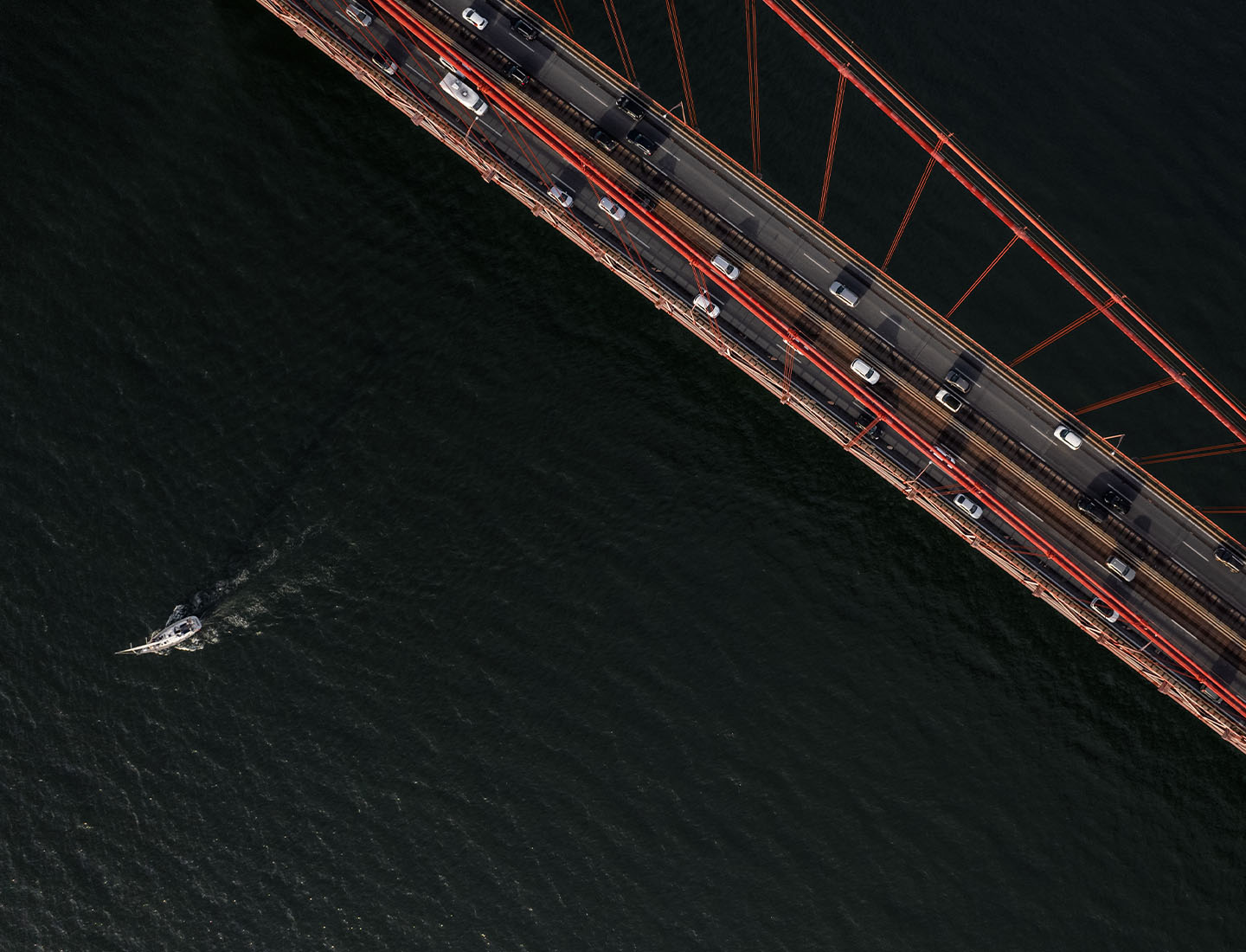
The concept of New Work is enjoying a renaissance. This is largely thanks to two factors operating in parallel. Digitalization means job roles have been radically reviewed and the pandemic has caused massive disruption to all our lives. This confluence of strands has, for some, meant making big decisions. The Great Resignation saw a record 4.5 million US workers quit in March 2022, for example. Looking at the information sector in more depth, you can argue drivers behind poor staff retention actually predate COVID-19 by years, if not decades. Factors include ineffective school and university training, insufficient entry-level jobs and Baby Boomers leaving employment. Seventy-five percent of those born before 1964, for example, now plan to retire early. A new working model feels urgent and well overdue.
The history of New Work
Remote working was first discussed seriously 50 years ago. The terms “telecommuting” and “telework” were first coined by NASA scientist Jack Nilles in 1973. IBM was piloting home working by 1979 and there have been many other progressive models since. The pandemic undoubtedly acted as a catalyst and accelerant, but wider acceptance hasn’t come out of the blue.
Given this momentum, why am I concerned with progress? Much of the New Work discourse is centered around the digital workplace. The speed and efficiency with which we adopted MS Teams and equivalent technology to mimic office-based calls, email management and meetings was incredibly impressive. In fact, it prompted many to ask why we hadn’t done it sooner.
The answer seems to be a reluctance to tackle wider cultural questions and change our mindsets. Even now, these seem to be largely unexplored. Why? We know fundamental change is difficult. Fulfilling the genuine potential of New Work will need time, effort and strong committed leadership.
New leadership
It’s perhaps a given that the ‘mode of work’ in a healthy organization needs to support its strategic goals. For example, if you have big headcount growth targets, the efficiency of remote hiring and inducting might be a big help to you. The first task of any leader is to understand that such connections exist and to champion them. Your employees will feel more connected if they understand this too. They need to know your goals and what they are expected to do to contribute. Importantly, the method of contribution matters to them too. A workplace where the “how” is mismatched with the “what and why” is unlikely to fully succeed.
Often authoritative styles of leadership stem from perception gaps. Management often sees things either too optimistically or too pessimistically.
In this context, leaders have to understand that strict top-down approaches are unhelpful. Often authoritative styles of leadership stem from perception gaps. Management often sees things either too optimistically or too pessimistically. Both these misjudgements bring dangers. When considering New Work, it’s important to use data analytics to provide an accurate reality check before making big decisions.
The new office
Many seem to have invested in their office spaces to attract staff back. Düsseldorf has seen a healthy increase of 36% in office space uptake in Q1 2022 for example. The truth is, however, that mixed activities such as email management, meetings and focus work can now be done wherever employees wish. It’s hard to see the attraction of an open-plan office, however well-equipped.
This is because employees are planning their days based on a new, firmer understanding of their needs. What draws them from home to an office setting is typically one of two needs:
- To be immersed amongst other people for workshops, one-to-one meetings or collaborative projects.
- To focus without the interruptions that come with remote work such as domestic responsibilities.
Existing offices are typically not well placed to support either of these scenarios. Success will only come from fundamentally rethinking access, spaces and facilities.
New teamwork
New Work is forcing many companies to revisit their strategy and think hard and fast about their core offering. Companies tend to want to be all things at once – the quickest, the most innovative and the one with the best quality. This is virtually impossible to deliver because it requires values that may contradict each other. If time and budget allow, yes, high-quality innovation can be delivered speedily, but what about the real world?
Organizational values provide most guidance when teams must make difficult decisions. New Work, with its disconnected communication, can make it easy to avoid awkward conversations around implementing changes that might hurt. Fostering collaboration in difficult times remains a key management responsibility whatever communication tools you adopt.
Adapting to broad new freedoms, where anything becomes possible, leads to stress and decision fatigue. New Work, counter-intuitively, might mean your employees welcome firmer guidance from you as an employer.
Moving discussions on from the micro-level of individual one-to-one issues will help. Too often, direct supervisors are asked to call all the shots around their reports. Far from making life easier, adapting to broad new freedoms, where anything becomes possible, leads to stress and decision fatigue. At the height of lockdown, for example, 32% of US adults struggled to make even the simplest of choices. New Work, counter-intuitively, might mean your employees welcome less freedom and firmer guidance from you as an employer.
Meeting the challenge of New Work
Post-pandemic it seems small team units have largely become good at organizing themselves remotely in any case. It is connecting cross-functionally and supporting internal customers that seems to have become more challenging. Having survived the initial phase of change with technology fixes, leadership now needs to invest time and effort at higher organizational levels than optimizing their nuclear teams.
You will only succeed in keeping people if you invest in a new, tailored world of work for your employees. This means rethinking leadership, communication and collaboration alongside infrastructure.
One size will definitely not fit all. Much of the talk about New Work seems to be a search for the right formula. Which is better? Two days in the office and three days remote working? Or vice-versa? The work, unfortunately, is harder than that. The right balance of time, tools, techniques and strategies will be unique to your organization.
If the threat of The Great Resignation is hanging over you, you will only succeed in keeping people if you invest in a new, tailored world of work for your employees. This means rethinking leadership, communication and collaboration alongside infrastructure. And time is pressing. Why wait?







































